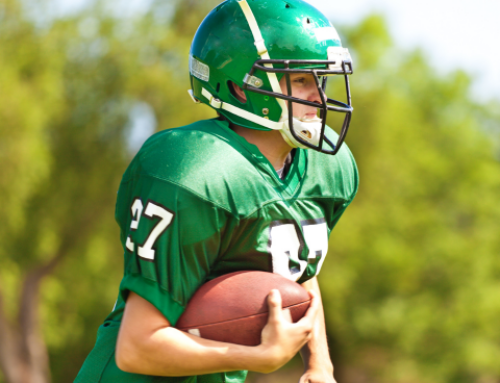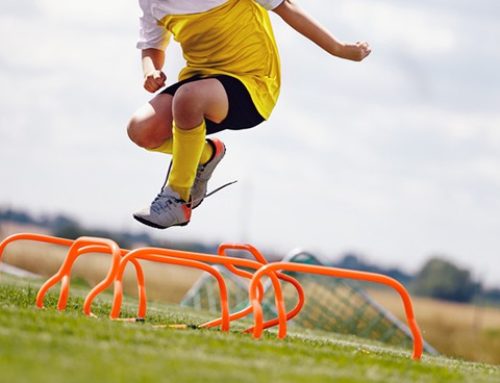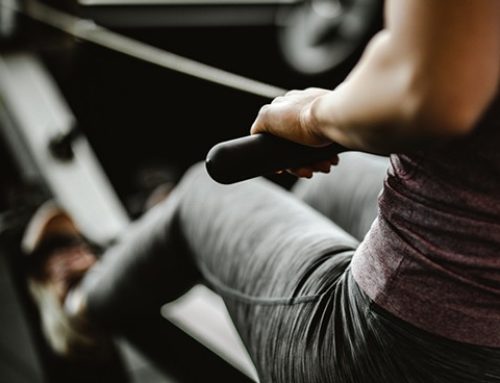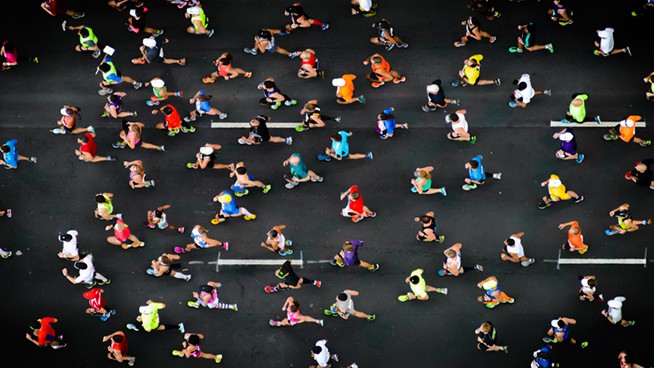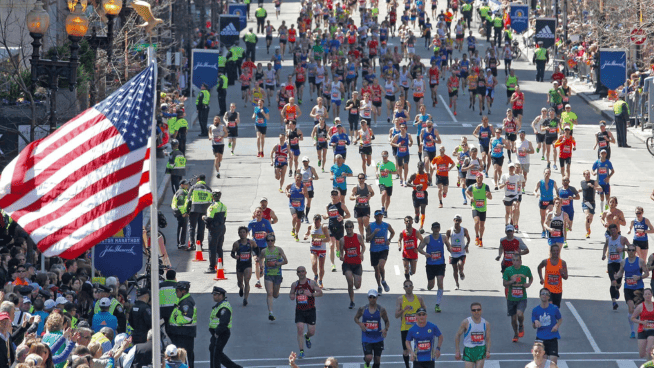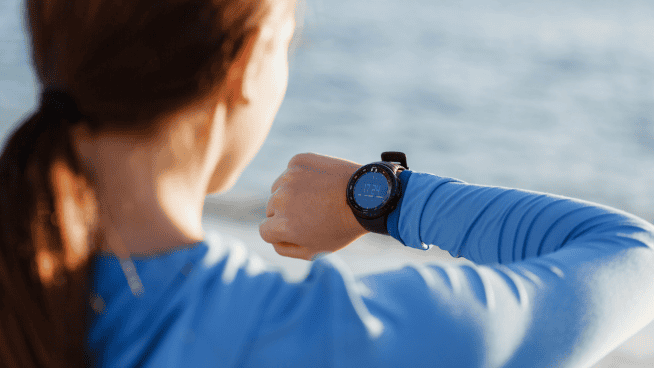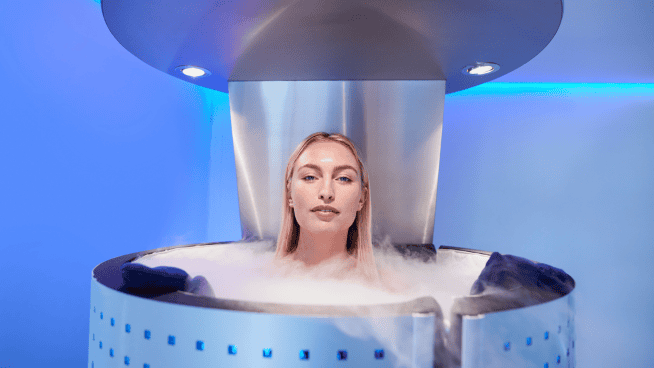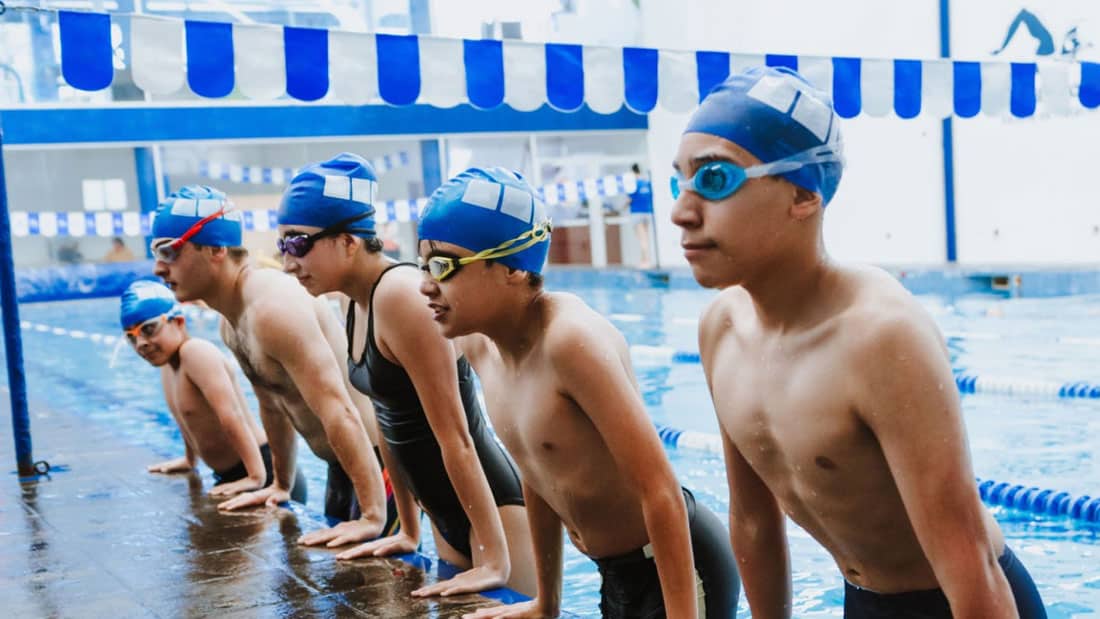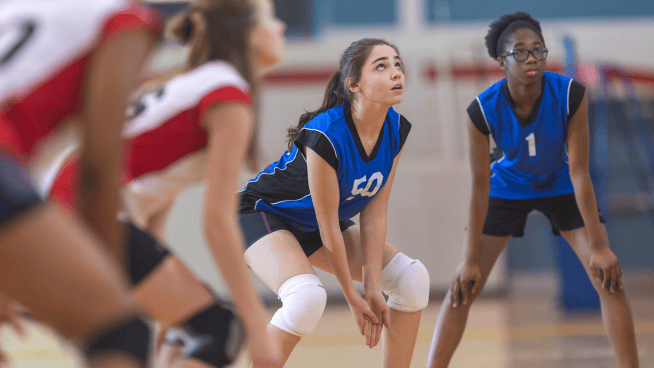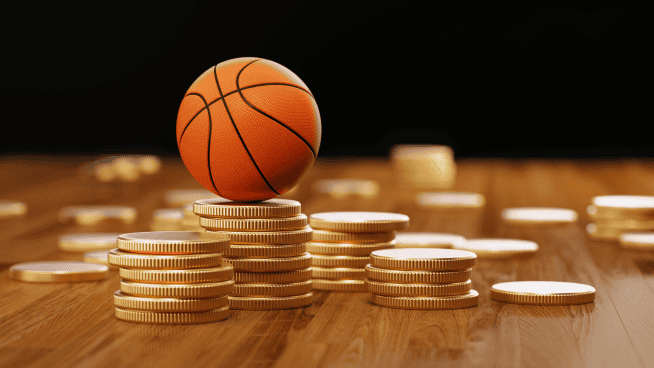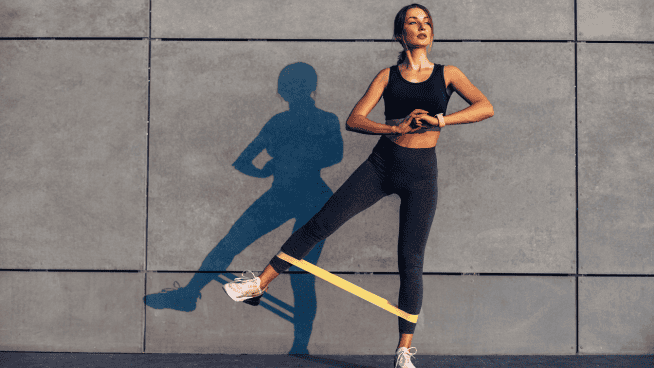How Aquatic Training Can Improve Performance and Reduce Injury
Aquatic therapy is an innovative approach to basketball training that can improve performance on the court and limit wear and tear on the body.
Basketball players constantly use a variety of lower-body, upper-body and core muscle to move in multiple directions. Since swimming is a full-body exercise, it closely mimics the movements basketball players make during games, with an added challenge. The natural density of water—800 times that of air—places a constant resistance against the upper and lower body. This increases an exercise’s difficulty and energy expenditure during training to develop strength, speed and endurance.
Yet, the buoyancy of water reduces body weight by 90 percent, reducing the stress on joints, muscles and bone from compressive, vibrational and torsional forces. By eliminating some of the stress on the body, basketball players who train in water dramatically reduce their risk of training injury.
According to David Brennan, an aqua running expert and assistant clinical professor of physical medicine and rehabilitation at Baylor College of Medicine in Houston, the land runner’s foot strikes the ground between 800 and 2,000 times per mile, each time at a force of up to four times the runner’s body weight. The knees, ankles and back take the brunt of this pounding; however, in water, the joints and skeleton are cushioned. You can work as hard and as fast as you want in water without impact-related problems, making aquatic therapy an optimal choice for basketball players who are looking to recover from a long game, are injury-prone or already injured.
Marv Marinovich of Marinovich Training is another advocate of aquatic training. He explains that aquatic workouts allow water to support an athlete’s body and stimulate the nervous system to overcome compensations when dealing with an injury. The injured limb can travel comfortably and safely through a wider range of motion, thus removing scar tissue and regenerating a muscle’s connection to the nervous system. A recent study even found that this type of training may help reduce the symptoms of fibromyalgia, a chronic condition characterized by fatigue, tender points and widespread pain in the muscles, ligaments and tendons.
Aquatic therapy has a number of additional benefits, including:
Conditioning
Research has shown that the effect of water running can be equal to or greater than the conditioning produced by the same effort on land.
Resistance
Athletes can increase or decrease the intensity of their workouts by changing the speed of movements they perform in the water. For example, moving an arm at three times the speed generates nine times the resistance.
Massage Effect
Water massages muscles with every movement of the arms and legs.
Up-to-the-Neck Training
Training in water that reaches the neck results in physiological changes within the body that help remove metabolic waste, improve heart function, lower blood pressure and aid the body in tissue healing.
Familiarity
The basic guidelines for land-based conditioning apply to water conditioning. The transfer is easy to make.
Heart Rate
Due to the reduced effects of gravity, blood can return more easily to the heart. This places less stress on the heart and allows it to pump less frequently, even though oxygen consumption is identical to on-land training.
Sample Aquatics Rehabilitation/Therapeutic Basketball Program at Washington Bible College
Maintain proper form and technique on each movement and a heart rate of 60 to 70 percent max.

• High Knee Walks
• High Knee Skips
• High Knee Run
• Buttkicks
• Carioca
• Forward Skip With Arm Circles
• Backward Skip With Arm Circles
• Lateral Shuffle With Arm Circles
• Backward Runs
• Ankling
Speed and Explosiveness Development
• Squat Jump
• Tuck Jumps – Knees to Chest
• Tuck Jumps – Heels to Butt
• Double-Leg Bounding (for distance)
• Two-foot Square Hops
• Split-Squat Jumps (for quickness and height)
• Skips (for height and distance)
• Single-Leg Bounding,
• Quickness Foot Speed
Now that you’re in the pool, check out a swimming workout to improve your endurance. Also, watch the video below for a sample aquatic therapy workout.
Photo: Preferredorthopedics.wordpress.com
RECOMMENDED FOR YOU
MOST POPULAR
How Aquatic Training Can Improve Performance and Reduce Injury
Aquatic therapy is an innovative approach to basketball training that can improve performance on the court and limit wear and tear on the body.
Basketball players constantly use a variety of lower-body, upper-body and core muscle to move in multiple directions. Since swimming is a full-body exercise, it closely mimics the movements basketball players make during games, with an added challenge. The natural density of water—800 times that of air—places a constant resistance against the upper and lower body. This increases an exercise’s difficulty and energy expenditure during training to develop strength, speed and endurance.
Yet, the buoyancy of water reduces body weight by 90 percent, reducing the stress on joints, muscles and bone from compressive, vibrational and torsional forces. By eliminating some of the stress on the body, basketball players who train in water dramatically reduce their risk of training injury.
According to David Brennan, an aqua running expert and assistant clinical professor of physical medicine and rehabilitation at Baylor College of Medicine in Houston, the land runner’s foot strikes the ground between 800 and 2,000 times per mile, each time at a force of up to four times the runner’s body weight. The knees, ankles and back take the brunt of this pounding; however, in water, the joints and skeleton are cushioned. You can work as hard and as fast as you want in water without impact-related problems, making aquatic therapy an optimal choice for basketball players who are looking to recover from a long game, are injury-prone or already injured.
Marv Marinovich of Marinovich Training is another advocate of aquatic training. He explains that aquatic workouts allow water to support an athlete’s body and stimulate the nervous system to overcome compensations when dealing with an injury. The injured limb can travel comfortably and safely through a wider range of motion, thus removing scar tissue and regenerating a muscle’s connection to the nervous system. A recent study even found that this type of training may help reduce the symptoms of fibromyalgia, a chronic condition characterized by fatigue, tender points and widespread pain in the muscles, ligaments and tendons.
Aquatic therapy has a number of additional benefits, including:
Conditioning
Research has shown that the effect of water running can be equal to or greater than the conditioning produced by the same effort on land.
Resistance
Athletes can increase or decrease the intensity of their workouts by changing the speed of movements they perform in the water. For example, moving an arm at three times the speed generates nine times the resistance.
Massage Effect
Water massages muscles with every movement of the arms and legs.
Up-to-the-Neck Training
Training in water that reaches the neck results in physiological changes within the body that help remove metabolic waste, improve heart function, lower blood pressure and aid the body in tissue healing.
Familiarity
The basic guidelines for land-based conditioning apply to water conditioning. The transfer is easy to make.
Heart Rate
Due to the reduced effects of gravity, blood can return more easily to the heart. This places less stress on the heart and allows it to pump less frequently, even though oxygen consumption is identical to on-land training.
Sample Aquatics Rehabilitation/Therapeutic Basketball Program at Washington Bible College
Maintain proper form and technique on each movement and a heart rate of 60 to 70 percent max.

• High Knee Walks
• High Knee Skips
• High Knee Run
• Buttkicks
• Carioca
• Forward Skip With Arm Circles
• Backward Skip With Arm Circles
• Lateral Shuffle With Arm Circles
• Backward Runs
• Ankling
Speed and Explosiveness Development
• Squat Jump
• Tuck Jumps – Knees to Chest
• Tuck Jumps – Heels to Butt
• Double-Leg Bounding (for distance)
• Two-foot Square Hops
• Split-Squat Jumps (for quickness and height)
• Skips (for height and distance)
• Single-Leg Bounding,
• Quickness Foot Speed
Now that you’re in the pool, check out a swimming workout to improve your endurance. Also, watch the video below for a sample aquatic therapy workout.
Photo: Preferredorthopedics.wordpress.com


